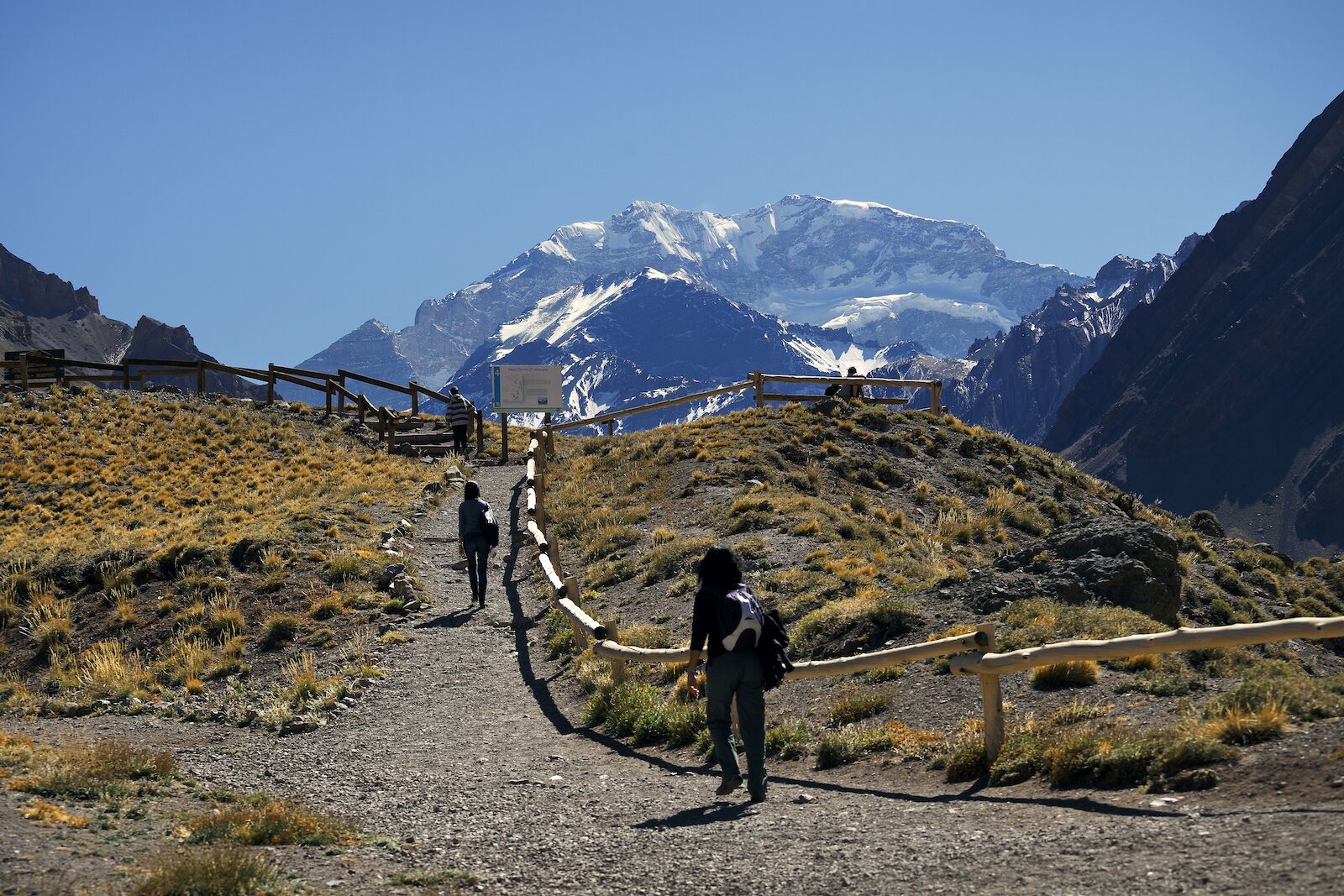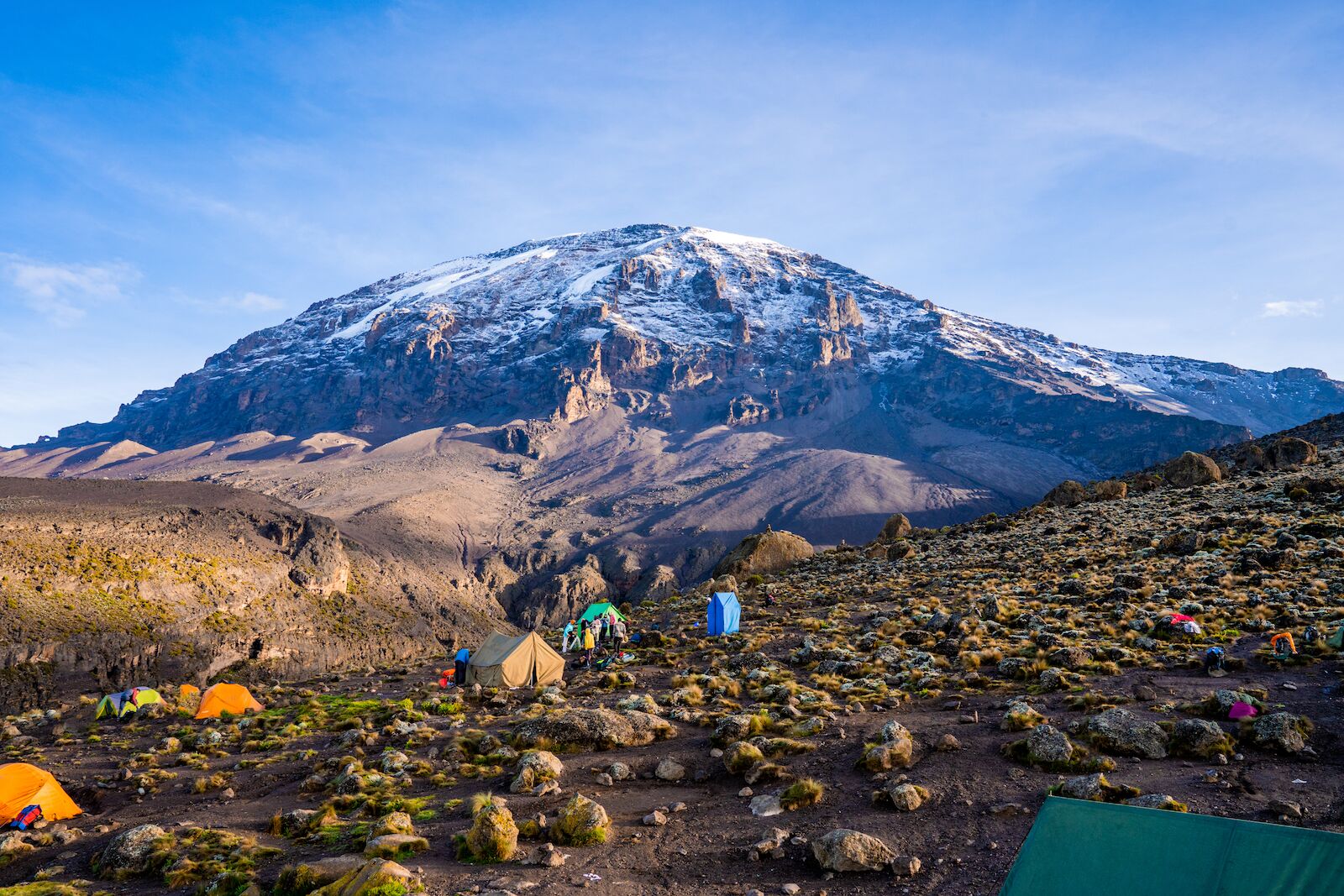There’s no such thing as casual mountaineering. Climbing mountains requires a high level of fitness, physical and mental stamina, diligent planning and preparation, and the necessary gear to get you to the summit, whether you can get there wearing hiking boots or need footwear specifically designed for expert terrain.
Mountain-climbing can be broadly split into two categories: technical and non-technical. Technical climbing requires advanced mountaineering skills and specialized equipment, such as ropes, harnesses, helmets, ice axes, and crampons, which are spikes that attach to mountaineering boots to help wearers climb ice and rocks. Non-technical climbing typically requires neither. Trails are generally well-defined and more moderate than their technical counterparts. In other words, it’s the difference between trekking up mountains and literally climbing them.









